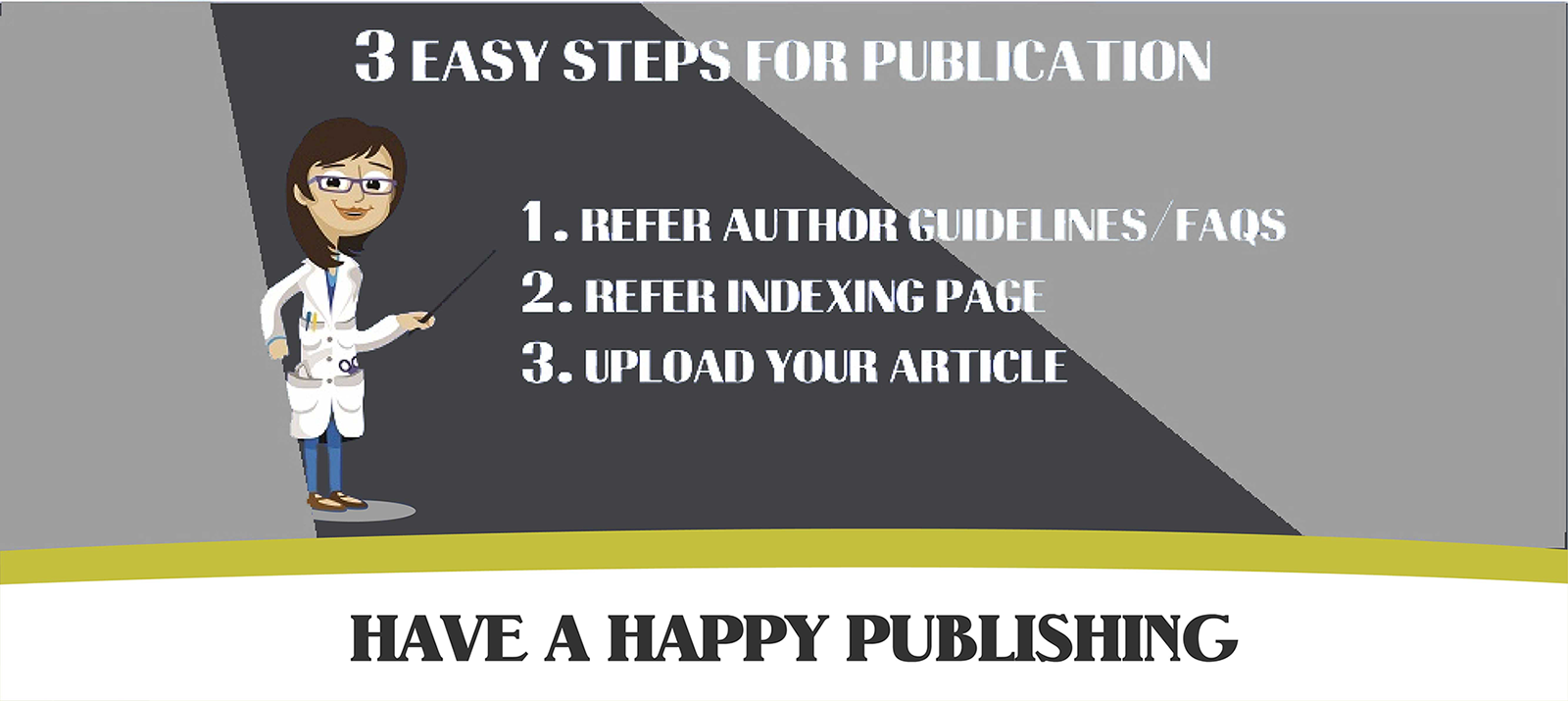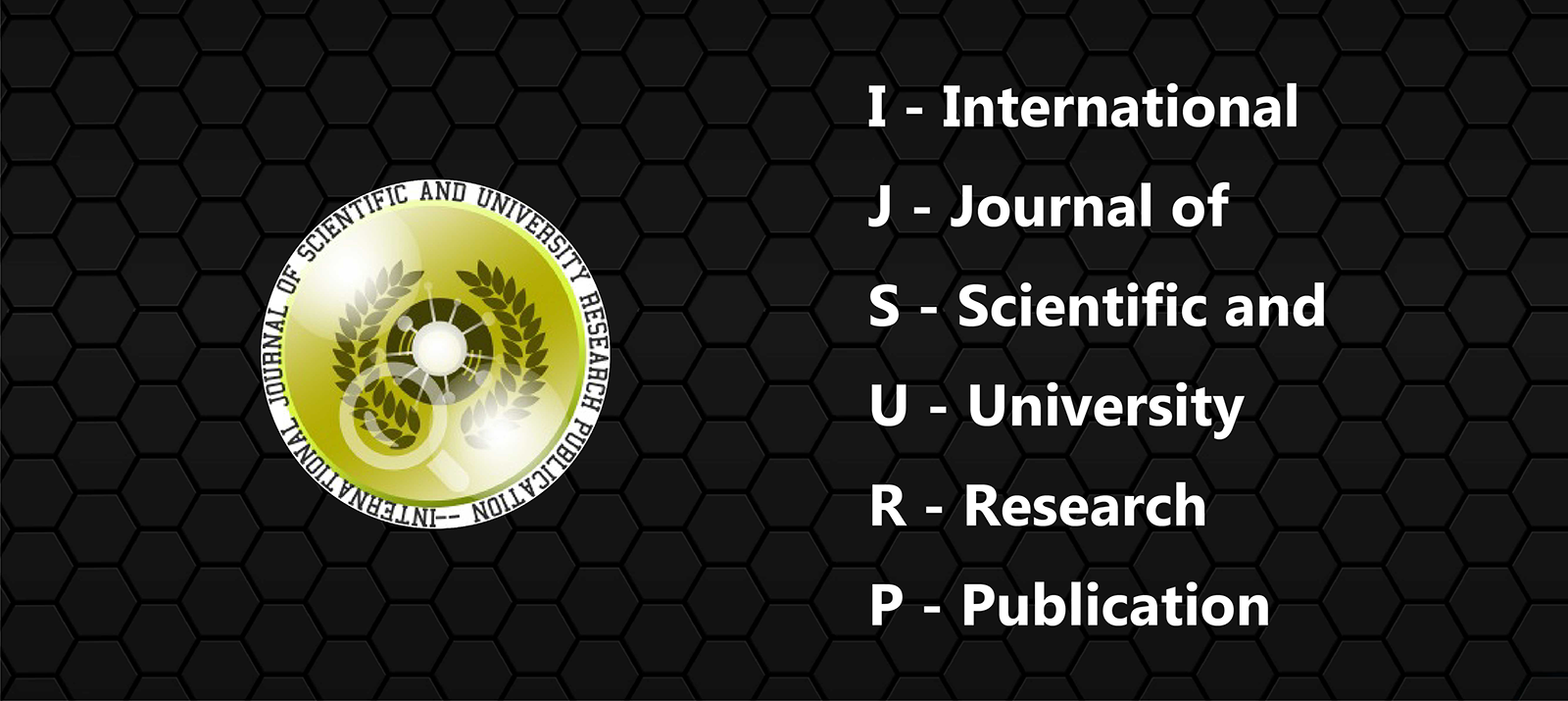
Protein C System Activity after Physical Exercise: Possible Thrombophilic Implications
Authore(s) : Pierpaolo Di Micco || Department of Internal MedicineFatebenefratelli HospitalNaplesItaly.
Volume : (13), Issue : 205, February - 2018
Abstract : The role of influence on protein C anticoagulant system and on PC deficiency-related trombophilic risk due to strenuous physical exercise is still under discussion. In order to investigate the modification of the protein C anticoagulant pathway after strenuous exercise, we measured ProC® Global assay, a protein C activity dependent clotting time, in 10 healthy subjects before and immediately after maximal treadmill exercise, and at 5, 15, 30 and 60 min in the recovery phase. The most evident change was a shortening of ProC ®Global clotting time from a basal values of 123 sec to 84 sec at 30 min in post exercise. Our study shows that the coagulation unbalance observed after strenuous exercise and with no consequence in healthy individuals with normal PC level, could increase the thrombophilic risk in silent carriers of major defects of the protein C system and occasionally trigger an episode of deep vein thrombosis.
Keywords :ProC ®Global; Prot C unbalance after physical exercise; Physical exercise and thrombophilic risk.
Article: Download PDF Journal DOI : 301/704
Cite This Article:
Possible Thrombophilic Implications
Vol.I (13), Issue.I 205
Article No : 10049
Number of Downloads : 104
References :
Grabowski G, Whiteside WK, Kanwisher M (2013) Venous thrombosis in athletes. JAAOS 21: 108-117.
El Sayed MS, Sale CP, Jones J, Chester M (2000) Blood hemostasis in exercise and training. Med Sci Sports Exerc 32:918-925.
De Caterina M, Grimaldi E, Passaretti M, Ruocco A, Selvetella L, et al. (2005) Four cases of venous thrombosis in athletes with silent hereditary defects of the protein C... More
- Grabowski G, Whiteside WK, Kanwisher M (2013) Venous thrombosis in athletes. JAAOS 21: 108-117.
- El Sayed MS, Sale CP, Jones J, Chester M (2000) Blood hemostasis in exercise and training. Med Sci Sports Exerc 32:918-925.
- De Caterina M, Grimaldi E, Passaretti M, Ruocco A, Selvetella L, et al. (2005) Four cases of venous thrombosis in athletes with silent hereditary defects of the protein C system. Thromb Haemost 94: 463-464.
- Lippi G, Franchini M, Favaloro EJ (2009) Unsuspected triggers of venous thromboembolismtrivial or not so trivial. Semin Thromb Hemost 35: 597-604.
- Rimmer JE, Cooper PC, Brookfield CJ, Preston FE, Makris M (2000) Evaluation of a global screening assay for the investigation of the protein C anticoagulant pathway. Clin Lab Haematol 22: 351-354.
- Brevetti G, De Caterina M, Martone VD, Ungaro B, Corrado F, et al. (2001) Exercise increases soluble adhesion molecules ICAM-1 and VCAM-1 in patients with intermittent claudication. Clin Hemoreol Microcirc 24: 193-219.
- Hegde SS, Goldfarb AH, Hegde S (2001) Clotting and fibrinolytic activity change during the 1 hour after a submaximal run. Med Sci Sports Exerc 33: 887-892.
- Lee KW, Lip GYH (2004) Acute versus habitual exercise, thrombogenesis and exercise intensity. Thromb Haemost 91:416-419.
- Hilberg T, Prasa T, Sturzebecher J, Glasser D, Gabriel HH (2002) Thrombin potential and thrombin generation after exhaustive exercise. Int J Sports Med 23: 500-504.
- Weiss C, Egermann M, Weiss T, Bartsch P (2003) Exercise- induced activation of coagulation in thrombophilia. J Thromb Haemost 1: 1312-1313.
... Less
- Grabowski G, Whiteside WK, Kanwisher M (2013) Venous thrombosis in athletes. JAAOS 21: 108-117.
- El Sayed MS, Sale CP, Jones J, Chester M (2000) Blood hemostasis in exercise and training. Med Sci Sports Exerc 32:918-925.
- De Caterina M, Grimaldi E, Passaretti M, Ruocco A, Selvetella L, et al. (2005) Four cases of venous thrombosis in athletes with silent hereditary defects of the protein C system. Thromb Haemost 94: 463-464.
- Lippi G, Franchini M, Favaloro EJ (2009) Unsuspected triggers of venous thromboembolismtrivial or not so trivial. Semin Thromb Hemost 35: 597-604.
- Rimmer JE, Cooper PC, Brookfield CJ, Preston FE, Makris M (2000) Evaluation of a global screening assay for the investigation of the protein C anticoagulant pathway. Clin Lab Haematol 22: 351-354.
- Brevetti G, De Caterina M, Martone VD, Ungaro B, Corrado F, et al. (2001) Exercise increases soluble adhesion molecules ICAM-1 and VCAM-1 in patients with intermittent claudication. Clin Hemoreol Microcirc 24: 193-219.
- Hegde SS, Goldfarb AH, Hegde S (2001) Clotting and fibrinolytic activity change during the 1 hour after a submaximal run. Med Sci Sports Exerc 33: 887-892.
- Lee KW, Lip GYH (2004) Acute versus habitual exercise, thrombogenesis and exercise intensity. Thromb Haemost 91:416-419.
- Hilberg T, Prasa T, Sturzebecher J, Glasser D, Gabriel HH (2002) Thrombin potential and thrombin generation after exhaustive exercise. Int J Sports Med 23: 500-504.
- Weiss C, Egermann M, Weiss T, Bartsch P (2003) Exercise- induced activation of coagulation in thrombophilia. J Thromb Haemost 1: 1312-1313.






